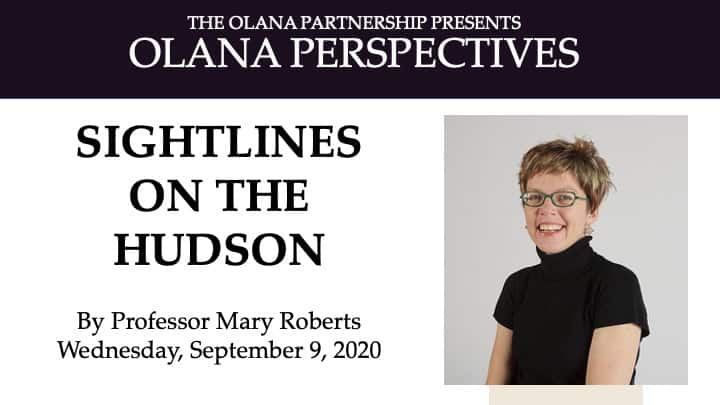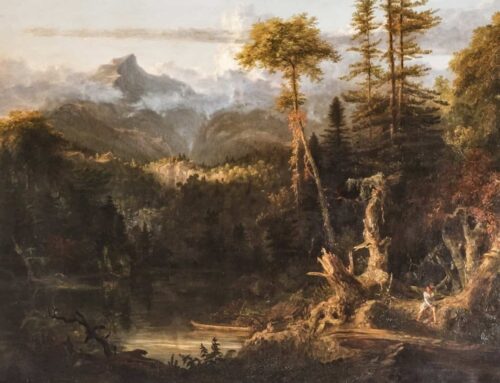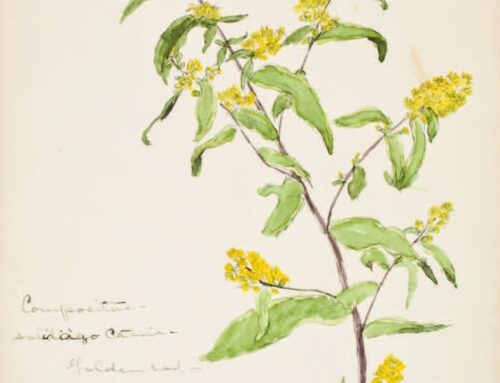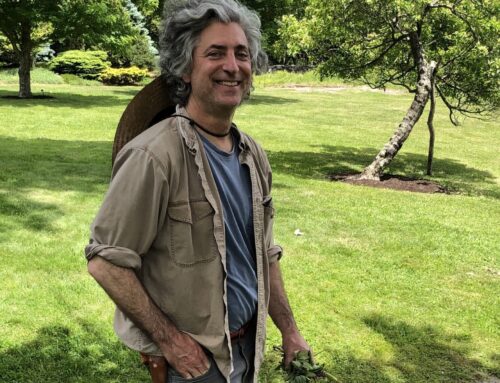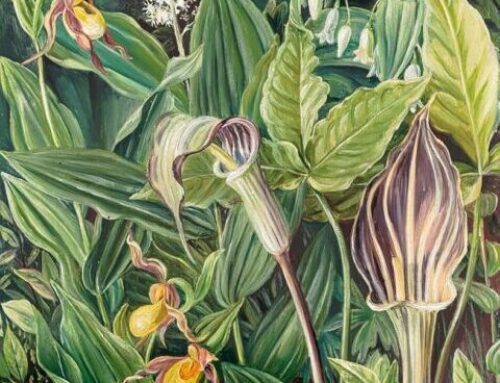Sightlines on the Hudson
With Mary Roberts
September 9, 2020
What kind of world is it that Frederic Church was creating in his Persian-inspired home on the Hudson? This lecture proposes some answers to this question by analyzing three of the interior sightlines within his home and considering the way each distinctively engages with visual cultures of the Near East.
